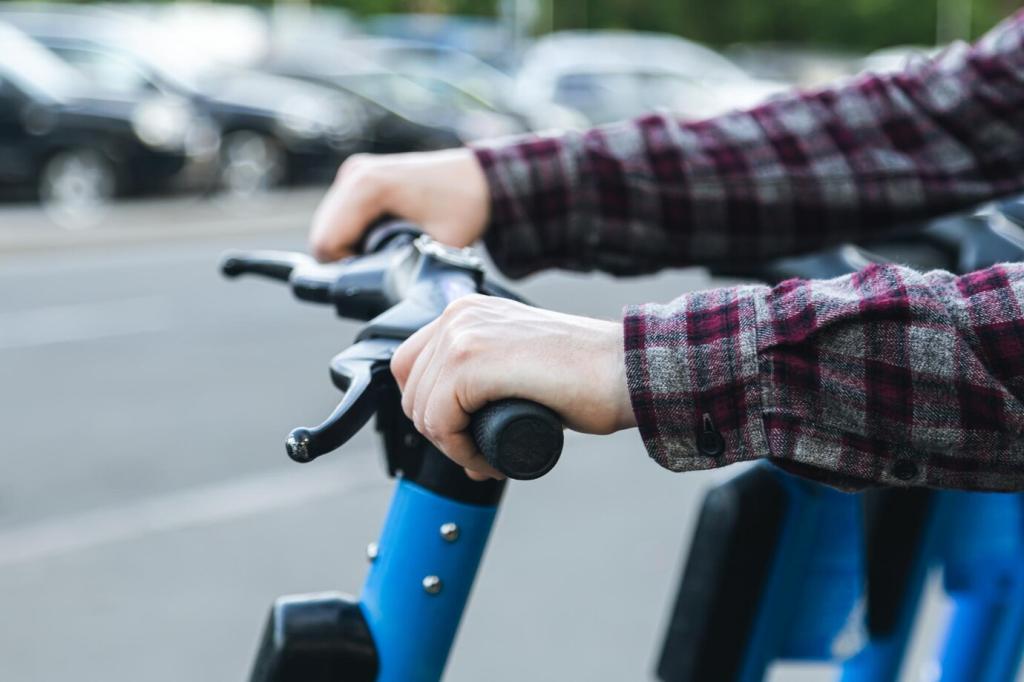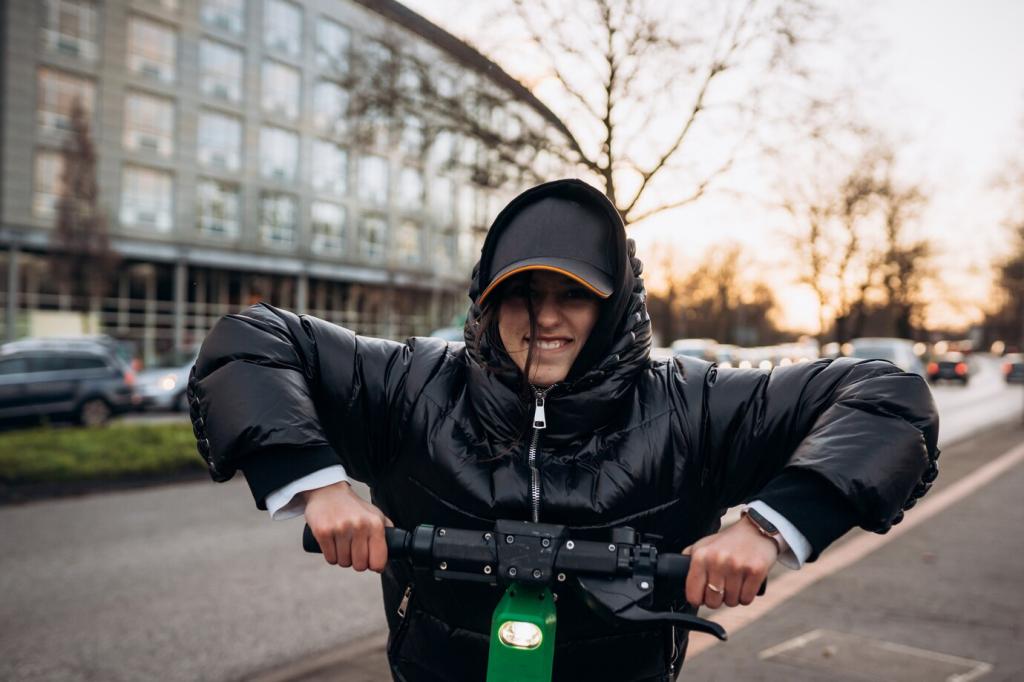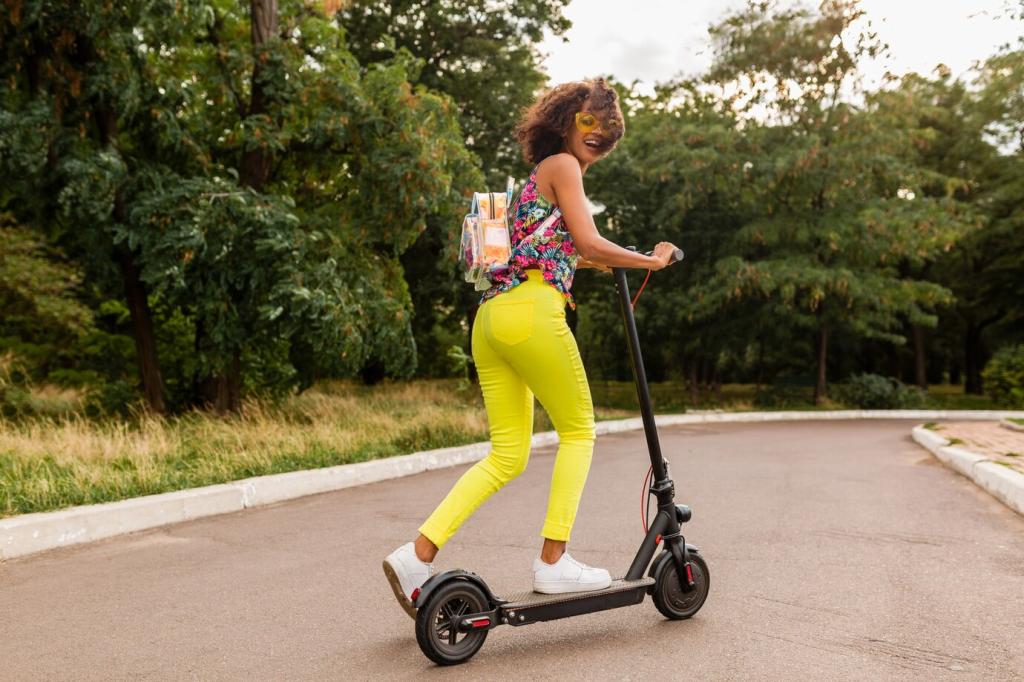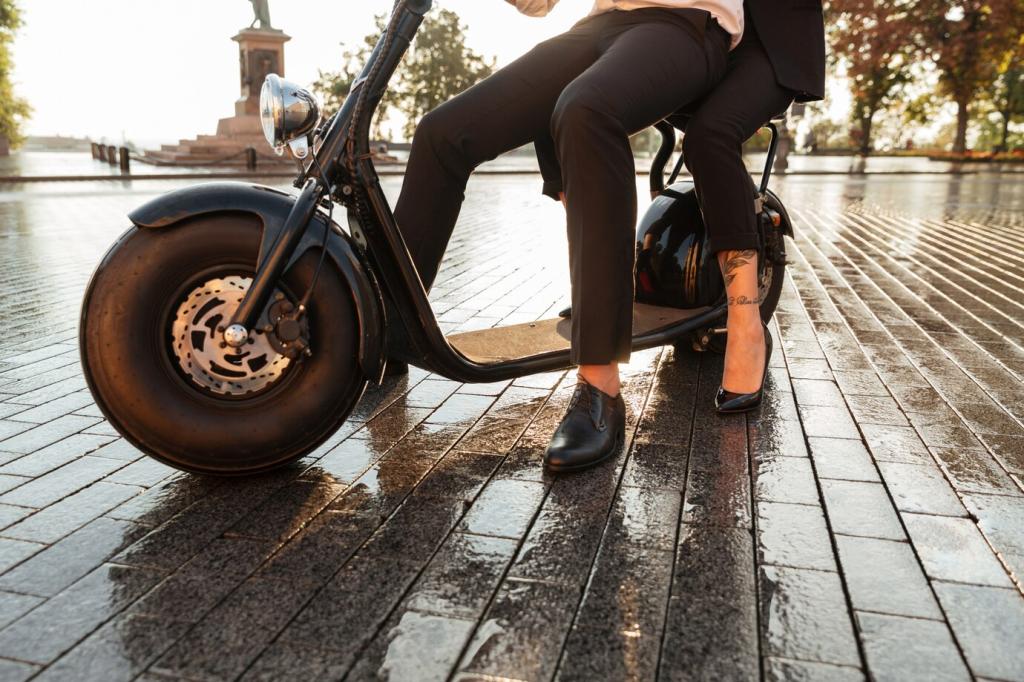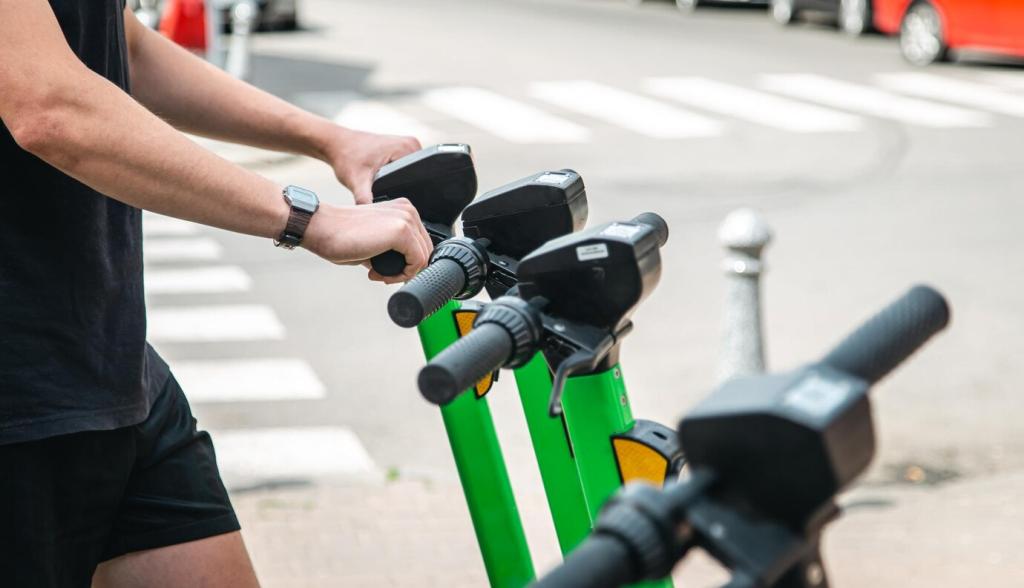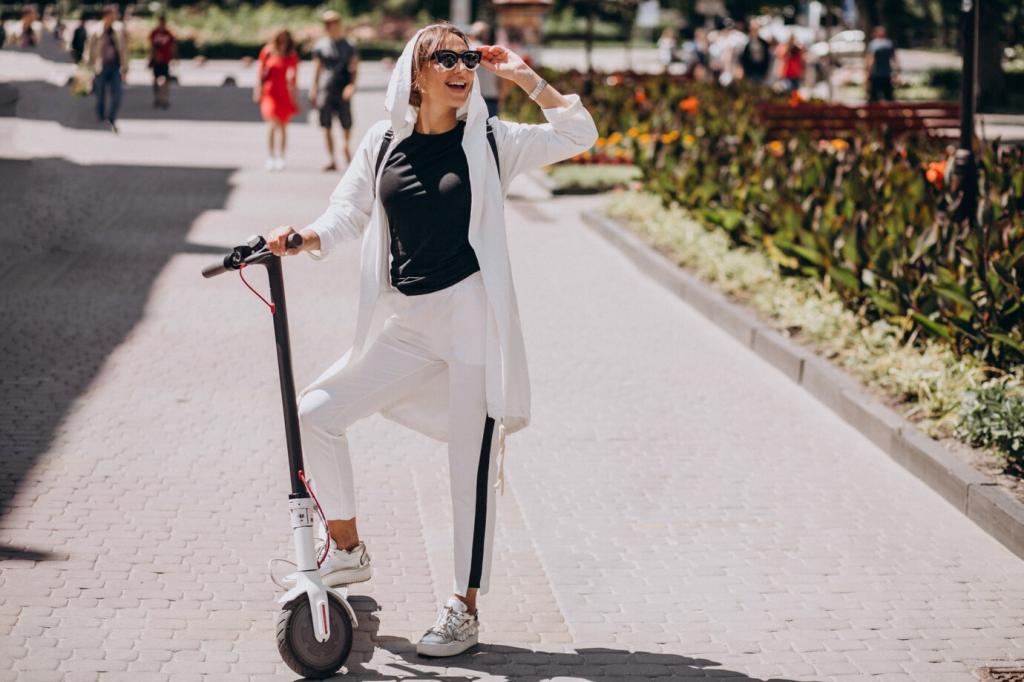Pre‑Ride Checks and Maintenance for Safety
Test both brakes, tug the stem latch, check tire pressure by feel, and verify lights and bell. Wiggle the handlebar to detect play. A quick bolt glance can catch a problem early, turning a risky ride into a smooth, uneventful commute.
Pre‑Ride Checks and Maintenance for Safety
Under‑inflation crushes range and increases pinch flats; over‑inflation reduces grip. Check weekly with a reliable gauge and align with your tire’s sidewall rating. Adjust slightly for rider weight and road conditions to keep traction predictable and braking consistent.

